Minister opens ‘world first’ aquaculture project at Port Gregory
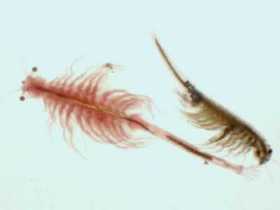
Australian Fisheries Minister Norman Moore embraced the aquaculture potential of Western Australia today when he opened a cutting edge-design commercial brine-shrimp farm at Port Gregory, near Geraldton.
Brine-shrimp, also known as Artemia or ‘sea monkeys’ are a key component of the food used in the commercial aquaculture of fish and prawns.
Moore said an expert team led by Department of Fisheries scientist Sagiv Kolkovski, had developed the technologically-advanced facility to cultivate the minute Artemia, in partnership with Cognis Australia, the world’s biggest producer of the naturally occurring red pigment, beta-carotene.
The farm is located at Cognis Australia’s Hutt Lagoon, Port Gregory plant, where the company farms micro-algae from which beta-carotene is extracted.
“This new facility has potential to create a new multi-million dollar industry in rural Western Australia and will help lead to more sustainable fish farming practices both domestically and internationally,” Moore said.
Seven years research
“The development of this project marks the culmination of seven years’ research work, providing a much-needed source of high quality, sustainable fish-feed for Australian and international fish-farms.
“The project embodies the State Government’s goal of promoting sustainable fishing and aquaculture practices and ensuring there are fish for future generations.”
The development is a collaboration between the State Government, the aquaculture industry and the Fisheries Research and Development Corporation (FRDC).
Sea monkeys
Commonly known as ‘sea monkeys’, Artemia feed on micro-algae and can be an unwanted pest in the production of beta-carotene.
However, researchers have devised an Artemia-rearing system that can work effectively in tandem with Cognis’ large-scale commercial micro-algae plant, turning a potential threat into an opportunity.
Because it feeds on the highly nutritious algae, the Artemia produced will be of the highest-grade quality and contribute to the reduction of the reliance on imported Artemia supplies and other less sustainable fish feed sources, answering one of the main criticisms levelled at the industry.
Artemia produced at the plant will also help fill the regular gaps in Artemia supply to Australia’s commercial aquaculture industry as a result of market shortfalls
Join 26,000+ subscribers
Subscribe to our newsletter to stay updated about all the need-to-know content in the feed sector, three times a week. Beheer
Beheer

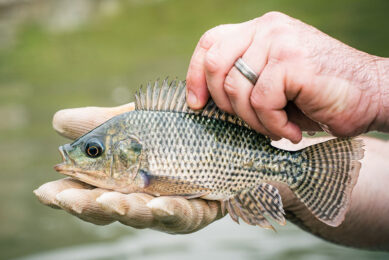
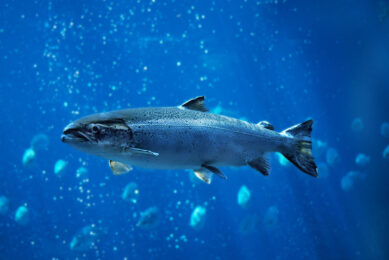
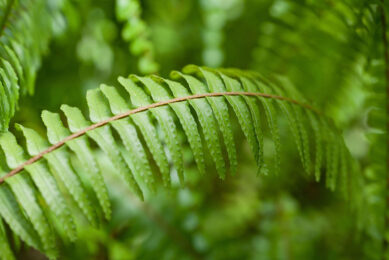
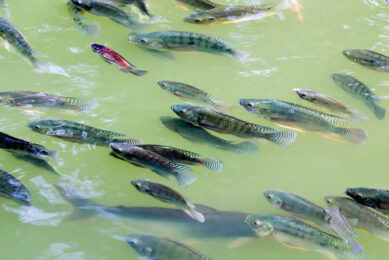




 WP Admin
WP Admin  Bewerk bericht
Bewerk bericht